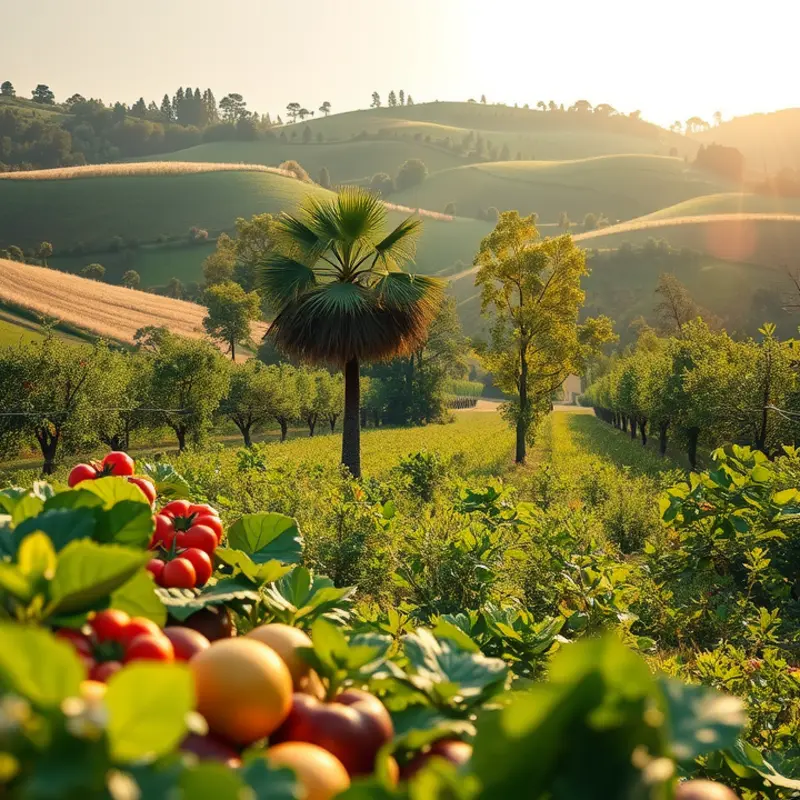Salmon is a favorite among home cooks for its rich flavor and versatility, but getting it perfectly cooked can seem challenging. Whether you’re an experienced chef or just starting, mastering salmon can elevate your culinary skills. This guide breaks down essential techniques and tips to achieve beautifully cooked salmon that is both moist and flaky. Explore the secrets to selecting the right cut, essential cooking methods, and foolproof tips that will help you impress everyone at your dining table.
Selecting the Best Salmon for Cooking

Choosing the right type of salmon can significantly affect the quality of your meal. With a variety of types available, it’s essential to understand the differences to select the best fish for your culinary needs.
First, consider whether you want wild-caught or farmed salmon. Wild-caught salmon generally comes with a more robust flavor and firmer texture due to its natural diet and vigorous lifestyle. However, sustainability concerns and higher prices might affect your choice. In contrast, farmed salmon is more affordable and widely available, with a milder taste and a softer texture. If sustainability is important to you, look for farmed salmon certified by reputable organizations.
The type of salmon you choose also influences its flavor and texture. Popular options include King (Chinook) salmon, known for its rich taste and high-fat content, making it perfect for grilling or baking. Sockeye salmon, with its deep red color and pronounced flavor, is excellent for roasting. Coho salmon offers a milder taste, suitable for those preferring a less intense flavor. Each type has its ideal cooking method, which should align with your meal plan.
Color is a key indicator of a salmon’s quality. A vibrant, deep hue typically signifies freshness and quality. Avoid any fillets with brownish tones or dull, discolored spots, as these may indicate poor storage or older fish. Also, the flesh should be slightly transparent, not opaque, enhancing the salmon’s visual appeal and indicating freshness.
When purchasing salmon, firmness is another factor to consider. Gently press the fillet with your finger; it should be resilient and bounce back immediately. This elasticity signifies a fresh cut of fish, crucial for achieving a perfectly cooked meal. Additionally, fresh salmon should have a clean, sea-like smell. Any strong fishy odors suggest it may be past its prime.
Whether buying whole or in fillet form, opt for salmon sourced from reputable fishmongers or trusted supermarkets. If you can, talk to the seller about when they received their last shipment. Aligning your purchase with these deliveries ensures you’re buying the freshest fish available.
Finally, if you’re environmentally conscious, there are resources and guides available to assist with sustainable choices. Sometimes choosing salmon isn’t just about flavor, but also about impact.
To complement your meal preparation, explore techniques in this guide on speedy seafood prep which helps streamline the cooking process.
By understanding these elements, you’ll be equipped to select the best salmon every time, leading to consistent culinary success.
Cooking Techniques for Flawless Salmon

Cooking salmon to perfection is a culinary art that balances technique, timing, and seasoning to elevate the fish’s natural flavors. Among the multitude of cooking methods, baking, grilling, and pan-searing stand out for their distinct advantages, each imparting unique qualities to your dish.
Baking is an excellent choice for ensuring an evenly cooked fillet while retaining moisture. Preheat your oven to 375°F (190°C) and prepare a baking dish with a light drizzle of olive oil. Season your salmon with salt, pepper, and a touch of lemon zest. For added flavor dimensions, you can experiment with dill or thyme. Place the salmon in the dish, skin-side down, and bake it for 12-15 minutes. Check for doneness by gently pressing the thickest part; it should be opaque and flaky. Baking enhances the delicate flavors of salmon without overpowering them, making it a go-to method for those who appreciate simple yet satisfying dishes.
In contrast, grilling introduces a smokier flavor profile that complements salmon’s rich taste. Start by preheating your grill to medium-high heat. Lightly oil the grates to prevent sticking. Rub the salmon with a mixture of olive oil, garlic powder, paprika, and a pinch of sea salt. Place the fillets skin-side down and close the lid. Grill for 6-8 minutes on the first side, then flip and cook for another 2-4 minutes. Salmon is best grilled to medium-rare; overcooking can dry out the fish. This method is perfect for an outdoor culinary experience, adding a distinctive, slightly charred taste.
Pan-searing is celebrated for creating a crispy skin and tender interior, offering a quick way to achieve a restaurant-quality meal at home. Heat a tablespoon of olive oil in a skillet over medium-high heat. Pat the salmon fillets dry with a paper towel and season with salt and pepper. Place the salmon in the hot skillet, skin-side down, pressing down gently with a spatula to prevent curling. Cook for 4-5 minutes until the skin is golden and crispy, then flip and sear for another 2-3 minutes. Serve with a squeeze of fresh lemon juice and a sprinkle of herbs for a sophisticated finish. This technique is especially useful for busy weeknights when time is of the essence. For more quick seafood preparation tips, visit Speedy Seafood Preparation Techniques.
Each technique can be tailored with simple seasoning variations, allowing the quality of the salmon to shine through. Whether your goal is succulent, smoky, or crisp fish, mastering these methods ensures that your salmon is always a delight to serve. As these techniques complement various styles and preferences, they prepare you to create exceptional and memorable meals every time.
Final words
Perfectly cooked salmon is an attainable goal for any home cook. By selecting high-quality fish and mastering basic cooking techniques, anyone can create a dish that is both flavorful and visually appealing. Remember, practice makes perfect, so don’t hesitate to experiment with different methods, seasonings, and cooking times until you find what works best for you. Embrace the joy of cooking salmon and bring delicious, nutritious meals to your table that your family and friends will love.







